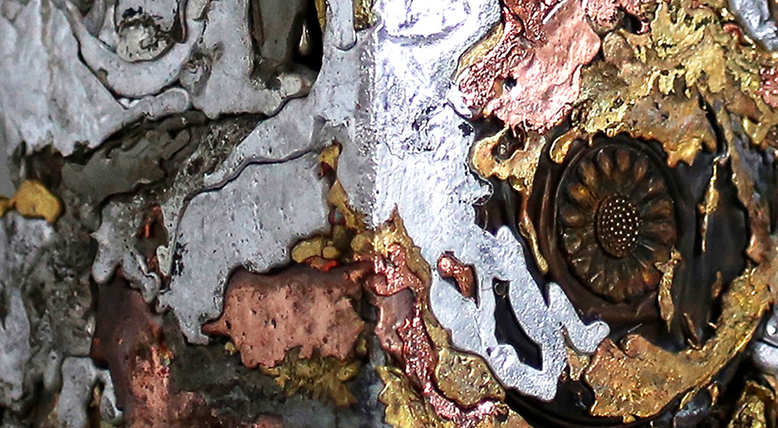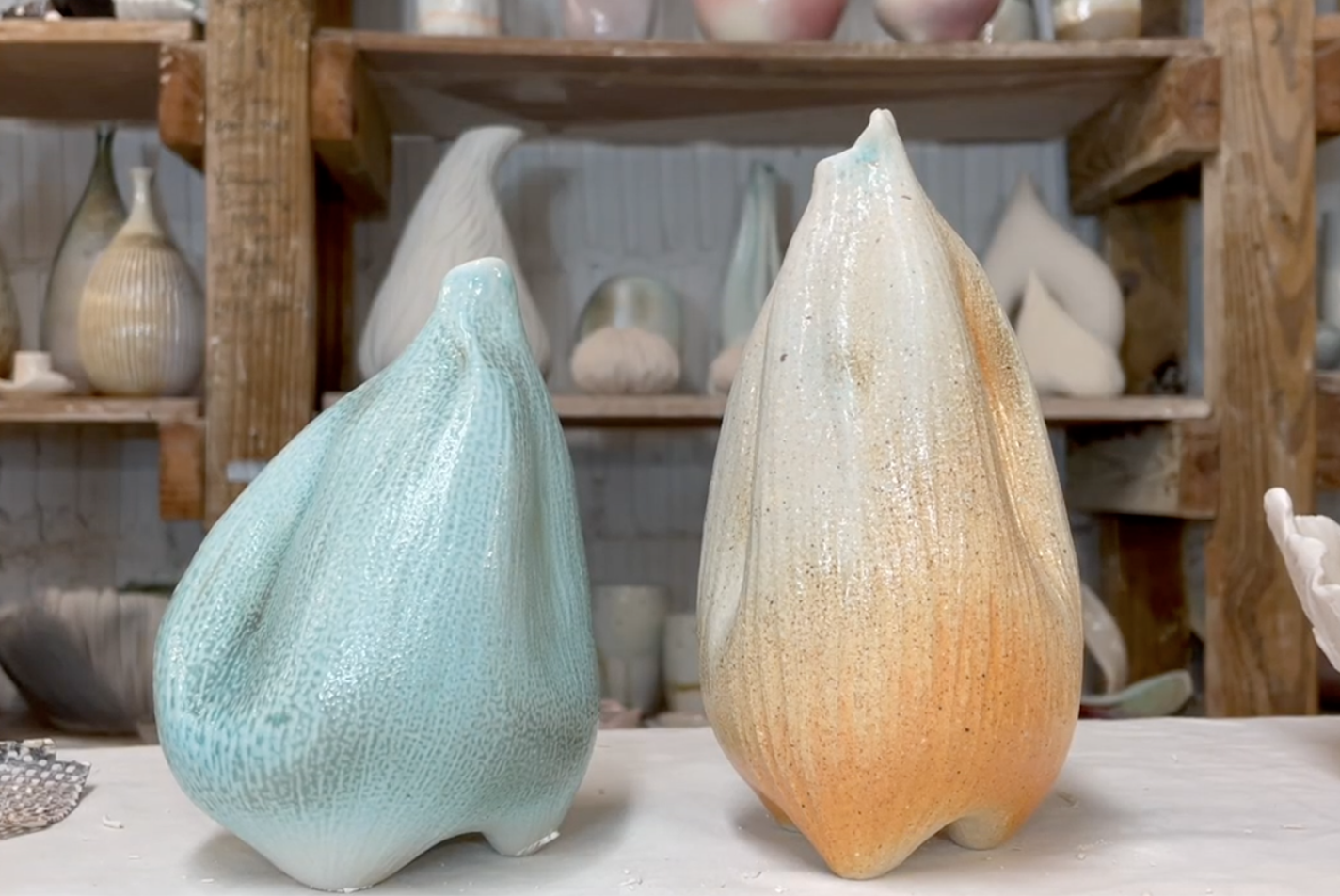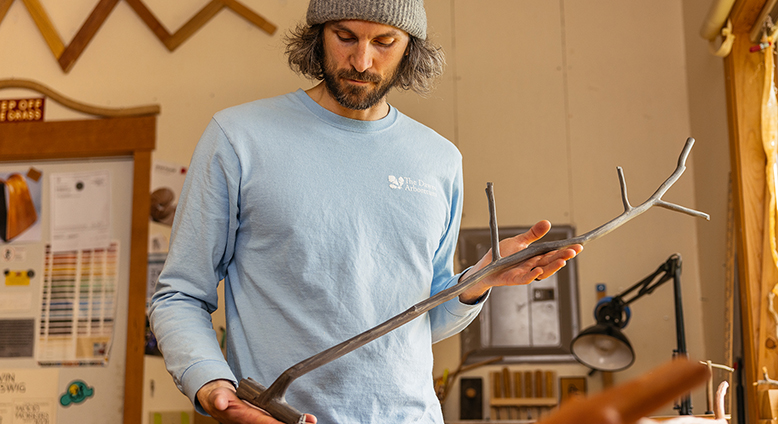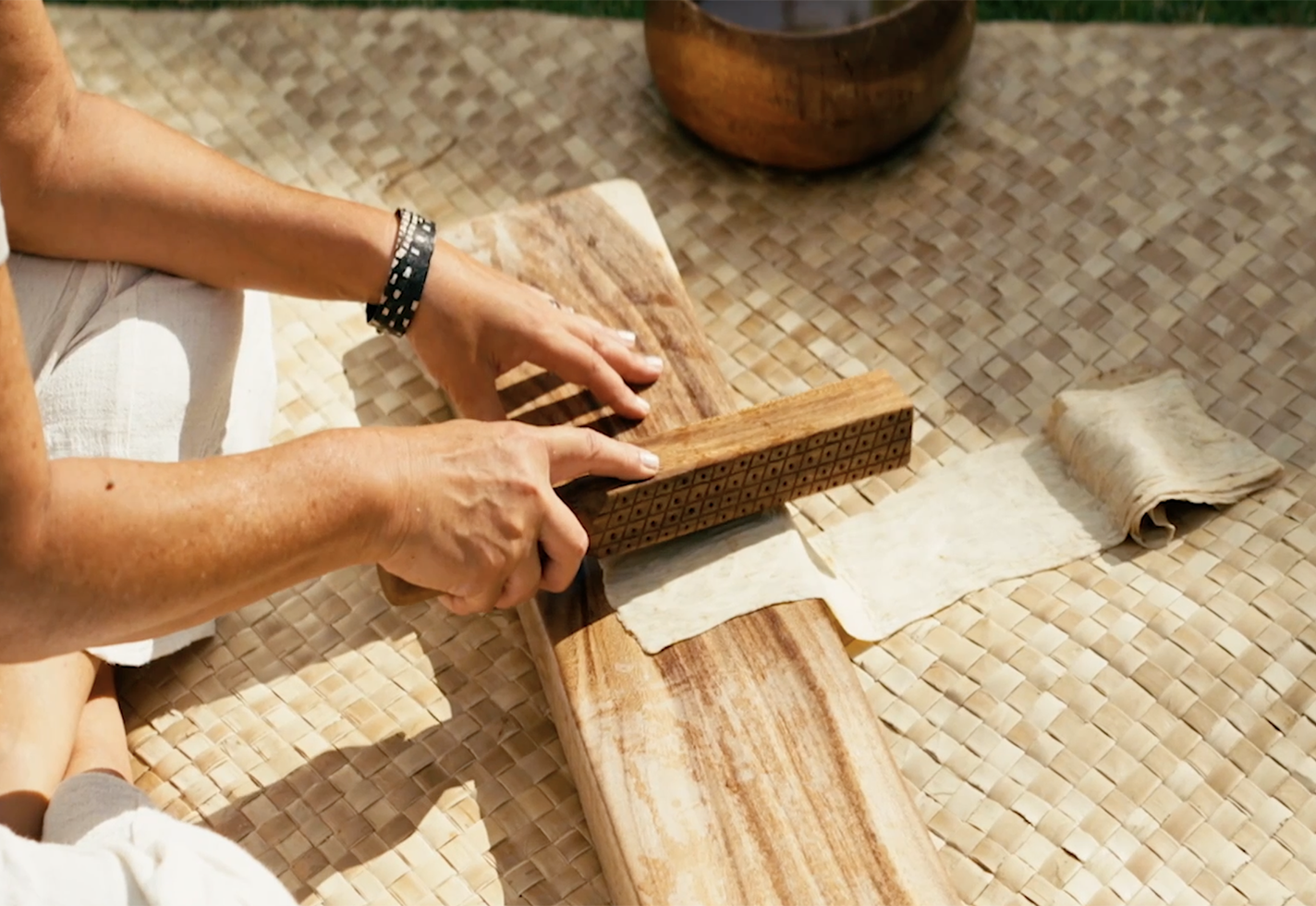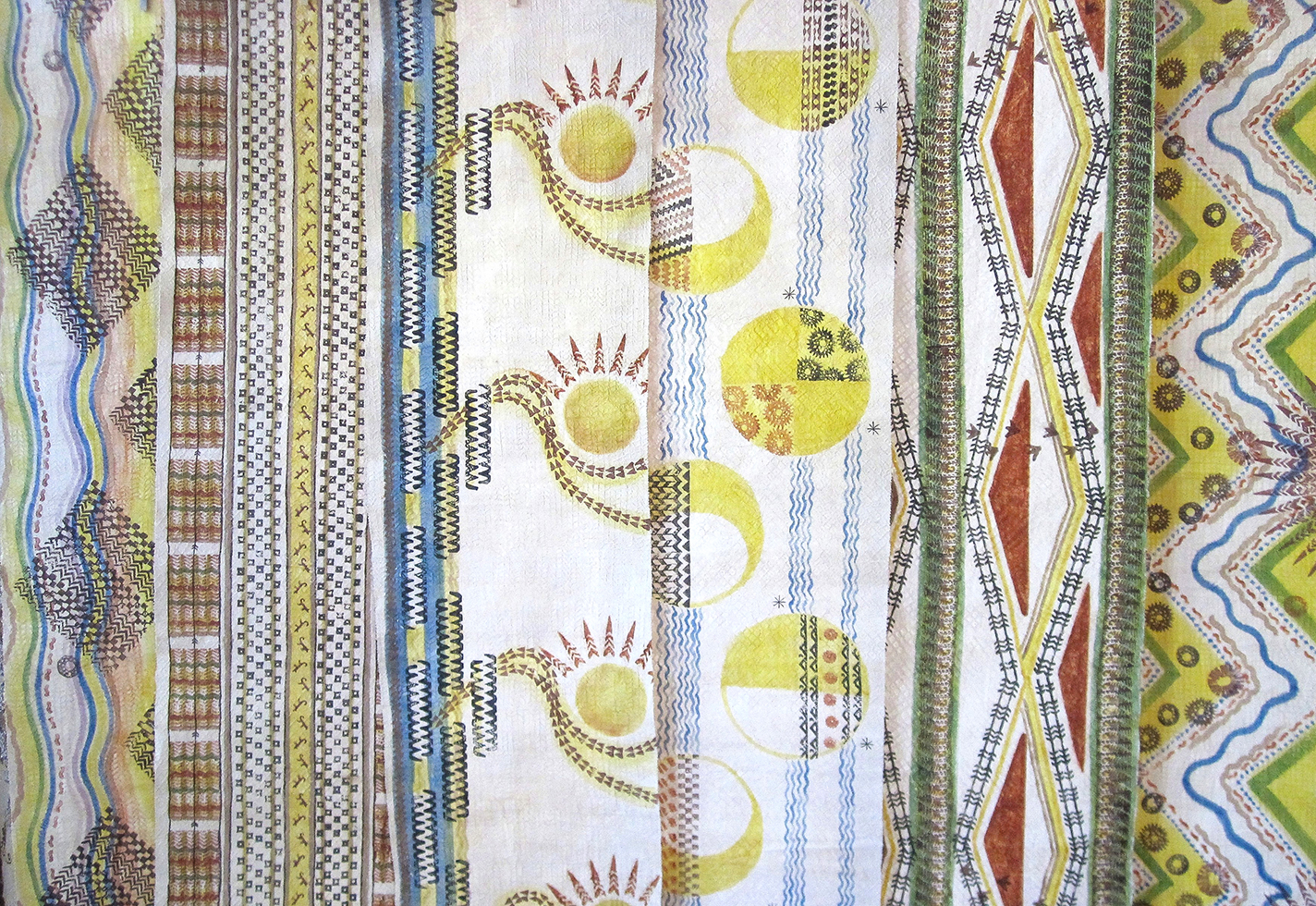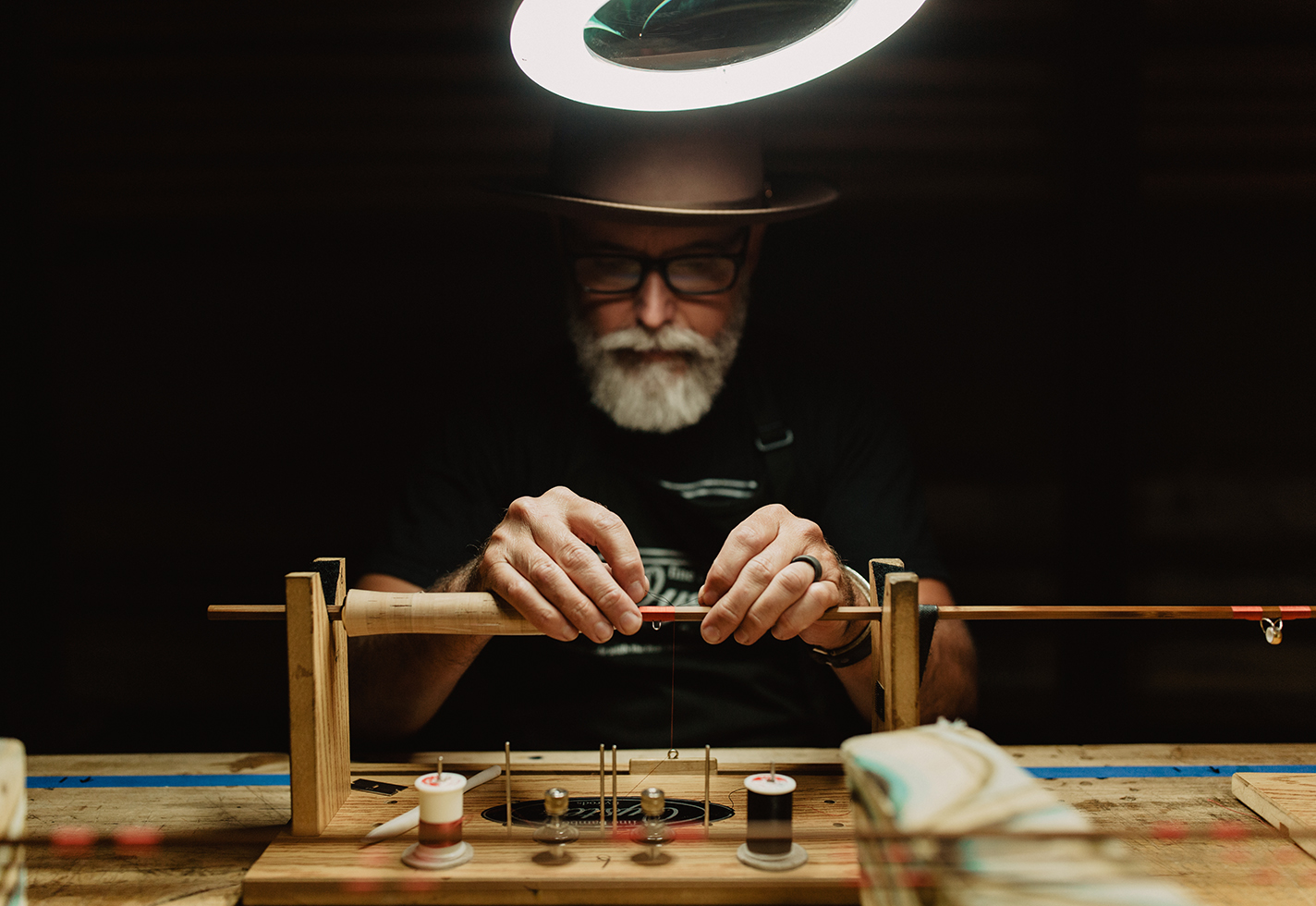As an undergraduate focused on sculpture at Kansas City Art Institute in Missouri, Ian Alistair Cochran learned to work with a vast array of materials: wood, metal, glass, clay. But it was resin that eventually kept a hold on his imagination, with its malleability and clarity of form that allows for endless exploration of color and light. Now, with a studio in Chicago, Cochran is known for transforming resin into startlingly slick, see-through pieces of furniture and other objects that evoke gemstones and lollipops, with their bright bursts of color and meticulously molded forms.
“There’s something always alluring about transparent objects—the way that humans interact with them just feels different,” Cochran says. “I want to highlight the ways resin can bend light and alter the surroundings, kind of be there and not there.”
In 2018, while working at the studio for designer Fernando Mastrangelo, Cochran produced his first cast-polyurethane piece, a coffee table constructed of five solid resin slabs—dyed to a glossy violet sheen—and a piece of cut colorless acrylic. As in traditional Japanese wood joinery, each slab notches into another without hardware so that the near-ovular acrylic tabletop rests on, and shows off, gracefully angled supports. This interlocking technique, which causes the resin to reflect against itself and creates rippling layers of color and shadow, has become Cochran’s signature. Over the past five years, he has produced shelves, side tables, chairs, mirrors, and more that seem effortless in their clean, streamlined appearance.

Dew Drop Small Table, polyurethane, 20 x 18 x 18 in.









